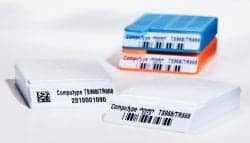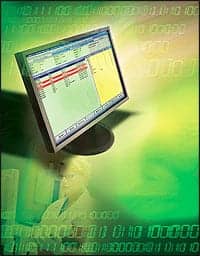FDA’s Center for Devices and Radiological Health has granted a breakthrough device designation to the Lumipulse G ?-Amyloid Ratio (1-42/1-40) quantitative in vitro diagnostic from Fujirebio Diagnostics Inc, Malvern, Pa.
The agency’s breakthrough devices program is designed to expedite the development and review of certain medical devices that provide for more effective treatment or diagnosis of a life-threatening or irreversibly debilitating disease or condition.
“We are very pleased that FDA has granted us breakthrough status for this important new diagnostic tool in the fight against Alzheimer’s disease,” says Monte Wiltse, president and CEO of Fujirebio Diagnostics Inc. “The entire Fujirebio group of companies are committed to bringing novel diagnostic tools for Alzheimer’s disease to healthcare systems globally, and we look forward to working closely with FDA to provide both physicians and patients this innovative, new test.”
Lumipulse G ?-Amyloid Ratio (1-42/1-40) is a quantitative in vitro diagnostic that uses measurable ?-amyloid 1-42 and ?-amyloid 1-40 concentrations found in human cerebrospinal fluid (CSF), and combines those concentrations into a numerical ratio (?-amyloid 1-42/?-amyloid 1-40) to estimate the presence of ?-amyloid neuritic plaque pathology in the brain.
The test combines the results of Lumipulse G ?-Amyloid 1-42 and ?-Amyloid 1-40, using the Lumipulse G system. Results of the test are intended to aid in the assessment of adult patients, aged 50 years and over, who present with cognitive impairment and are being evaluated for Alzheimer’s disease and other causes of cognitive decline. Patients’ test results must be interpreted in conjunction with the results of other diagnostic testing, such as neurological examination, neurobehavioral tests, imaging, and routine laboratory tests.
A negative test result is consistent with a negative amyloid PET scan result, while a positive result is consistent with a positive amyloid PET scan result. However, a positive result does not establish a diagnosis of Alzheimer’s disease or other cognitive disorder. The test is not intended as a screening or standalone diagnostic assay.
For further information, visit Fujirebio Diagnostics.





